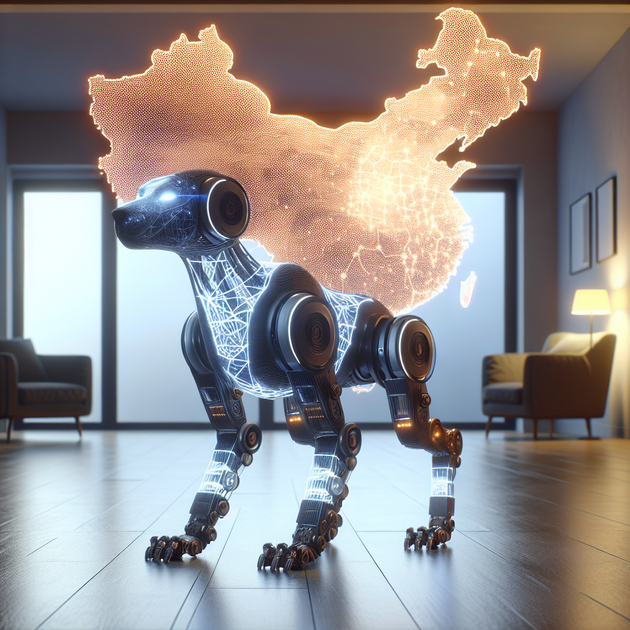Have you ever thought your friendly household robot might be phoning home—literally? A recent report suggests that the Unitree G1 robot could be secretly sending data back to servers in China without users’ knowledge. That’s enough to make anyone look twice at their high-tech companion! Let’s dig into what researchers have found about the Unitree G1 robot and why it’s causing a stir.
What Is the Unitree G1 Robot?
The Unitree G1 robot is a four-legged, dog-like machine that’s become pretty popular among hobbyists and tech enthusiasts. It walks, runs, dances—even climbs stairs—and is marketed as both a research platform and a cool gadget for those who want cutting-edge robotics at home or in labs.
But here’s where things get interesting (and a little unsettling): According to a new analysis by MetaKnowing, evidence has emerged suggesting that some versions of the Unitree G1 may send information back to remote servers in China—without clear disclosure or user consent.
How Was This Discovered?
Researchers who dug into the network traffic of the Unitree G1 robot found some odd behavior. Even when they weren’t using any cloud features or app integrations, the device would occasionally try connecting to IP addresses registered in China.
Here are some key findings from their investigation:
- The robot attempts outbound connections during normal use—even when only performing basic tasks.
- Some of these connections match known Chinese server IP ranges.
- The transmitted data wasn’t always encrypted or easy for users to inspect.
- No clear option exists in user settings to turn off this background communication.
This all comes straight from a detailed study posted on arXiv and discussed widely across tech forums like Reddit.
Why Does This Matter?
Most of us wouldn’t want our personal gadgets quietly sharing information with overseas servers—especially when we’re not told what’s being sent or why. With smart speakers and phones we’ve gotten used to reading pages of privacy policies (even if we don’t love them), but robots like the Unitree G1 often skip straight past these disclosures.
A friend of mine is an avid robotics tinkerer—he loves his gadgets but never thought twice about where his robots might connect online. After hearing about this news with the G1 model, he ran his own tests and was shocked by just how much chatter there was between his “robot dog” and unknown web addresses.
This isn’t just about one brand or one device—it points at a bigger issue with smart tech made by companies around the globe:
- Lack of transparency in device communications
- Poor default privacy settings
- Potential risks for personal or workplace security
- Hard-to-audit firmware and software updates
What Can You Do If You Own a Unitree G1 Robot?
If you already own—or are thinking about buying—a Unitree G1 robot (or any internet-connected gadget), here are a few steps you can take:
- Monitor network activity: Use tools like Wireshark or your router logs to see where your devices are connecting.
- Block suspicious IPs: Many routers let you restrict outgoing traffic by address.
- Contact manufacturers: Push for more clarity about what’s being collected and why.
- Look for firmware updates: Responsible companies will patch these issues if users speak up.
It’s worth noting that not all versions or configurations of this robot may have this issue—but if you value privacy even just a little bit, it pays to stay alert.
The Bigger Picture: Are Our Robots Trustworthy?
Today it’s the Unitree G1; tomorrow it could be any number of “smart” devices quietly sharing our info without asking first. As we invite more robots into our homes and workplaces, making sure they play fair with our data will only become more important.
So next time you see your robotic pet wagging its tail—or spinning up its servos—ask yourself: Who else might be listening in?

Leave a Reply